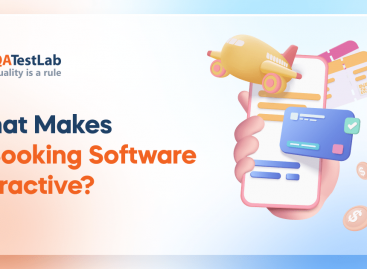- QATestLab Blog >
- QA for Business >
- Industries Insights >
- How to Write Programs Effectively?
How to Write Programs Effectively?
A lot of techniques and methods of programming have been elaborated for the last 2 decades. All of them are meant to simplify the process of software development and shorten time-to-market of programs.
Functional testing, usability testing, performance testing and other tests prove that many of them are effective and allow to create products with fewer defects in comparison with applications created by a traditional programming method.
Test-driven development became a frequent practice during the last years. It is based on test-first programming approach and is considered to be one of the techniques of extreme programming.
According to it automated testing is an integral part software development. Programmers write the automated tests for verifying functions and features of the application that hasn’t yet been implemented in the code. Such tests are designed based on the software specification.
When the tests are ready, the developers write a small part of the code and verify it by means of the tests. Having corrected all the defects in this part of code they write the next portion and run the tests again. More and more tests will pass after adding every new part of the code.
Experts in web site testing, desktop testing and mobile testing recommend software engineers not to use a single pattern of programming in all the situations, during all the projects.
Software Construction is More Efficient if the Developers:
- know different techniques of programming;
- make a conscious choice of software development approaches for every project;
- are undogmatic and sometimes experiment with different programming techniques and approaches.
Learn more from QATestLab
Related Posts:
- What to test for maximum productivity of logistics software
- Digitization, Digitalization, And Digital Transformation: What is the difference?
- How to make users add your online shop to bookmarks?







No Comments Yet!
You can be the one to start a conversation.